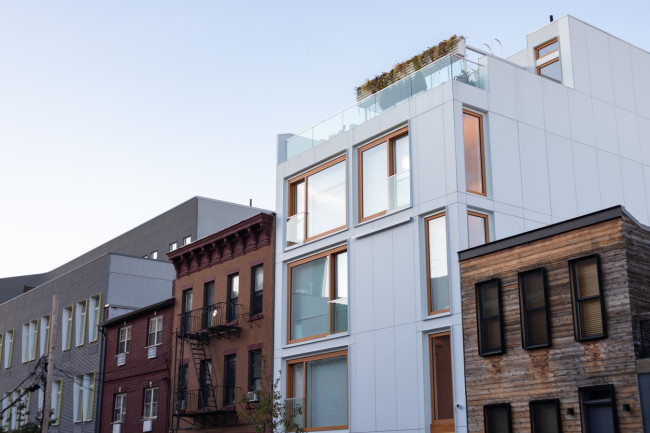What are the differences between jumbo and conforming loans?
- Like the name implies, you can borrow more with a jumbo loan but the terms are more stringent
- Conforming loan limit for one-unit properties in pricey areas like NYC will be $1,149,825 in 2024

You'll need a larger down payment for a jumbo loan than a conforming loan.
Getty Images
If you’re apartment shopping in New York City and plan on getting a mortgage, you’ve probably come across the following terms for loans: jumbo and conforming. Confused about what they are or how they differ? Or which one you might need?
Here are some of the distinctions between the two types of loan.
[Editor's note: An earlier version of this article was published in February 2023. We are presenting it again with updated information for December 2023.]
How much can you borrow with a conforming loan?
A conforming loan is one that can be acquired by Fannie Mae and Freddie Mac, the government-backed agencies that provide funds to thousands of banks to finance housing. Fannie and Freddie buy mortgages from lenders and either hold them or package them into mortgage-backed securities.
As with any financial product, factors that affect the risk also affect the rate. Conforming loans often have lower mortgage rates than jumbos and lenders can typically offer more options in terms of term length and whether it is fixed, adjustable or interest only.
Conforming loans are capped by the Federal Housing Finance Agency and this changes annually. The current loan limit for one-unit properties in pricey areas is $1,089,300, crossing the $1 million threshold for the first time this year. In 2024, the new limit in high-cost markets like New York City will be $1,149,825.
Jumbo loans are bigger and not backed by a government entity
A jumbo loan is bigger than a conforming loan and isn’t backed by any government institutions. Of course, the high cost of housing in NYC means banks and lenders servicing the five boroughs are very familiar with jumbo loans.
If you need to borrow more than $1,149,825 for an apartment in 2024, you’ll need to take out a jumbo loan.
“Since they cannot be sold to Fannie Mae, jumbo loans depend on the lender or financial institution for rate, term, and other requirements,” says Ryan Greer, senior vice president at National Cooperative Bank (a Brick Underground sponsor).
Loan-to-value ratio and other requirements
The amount of money you can borrow against the sales price of your new apartment or townhouse is called the loan-to-value (LTV) ratio. With a conforming loan, you can borrow up to 95 percent of the cost of an apartment. When you take out a jumbo loan you can only borrow 80 percent of the cost of the apartment.
This is the standard in NYC anyway—the city’s co-ops and condos have their own building requirements that ask you to put down at least 10 percent of the cost of a condo but sometimes more. In a co-op it is often higher, in the range of 20 to 50 percent.
With jumbo loans, "lenders may ask that you put up a larger down payment and reduce the LTV ratio to 70-75 percent," Greer says.
There’s another financial benchmark you’ll have to meet: Banks also require you to have some funds in reserve when you take out a mortgage. The amount varies depending on whether you take out a conforming or a jumbo loan. "Some lenders may require six months of the mortgage payment, interest, taxes, and insurance for a jumbo loan versus the typical two months' worth for a conforming loan," Greer says.
In terms of the paperwork required, Freddie Mac will accept one year’s tax returns for people who are self-employed and in business for five years, as opposed to a jumbo loan, which requires two years of tax returns.
You Might Also Like
























